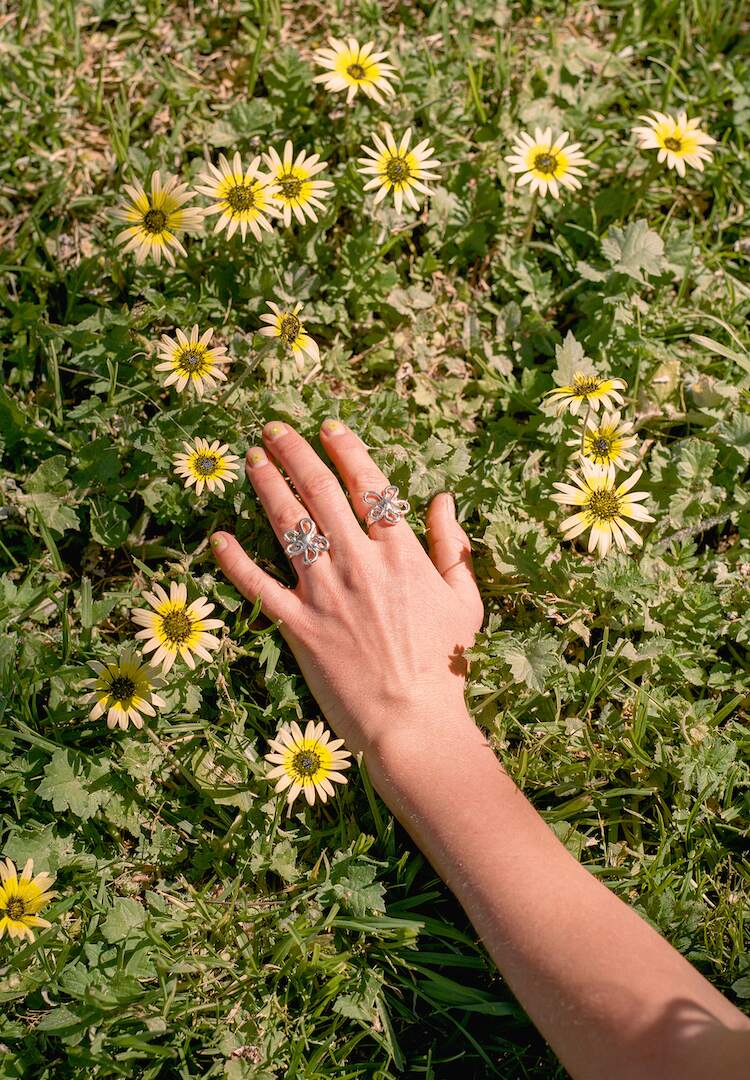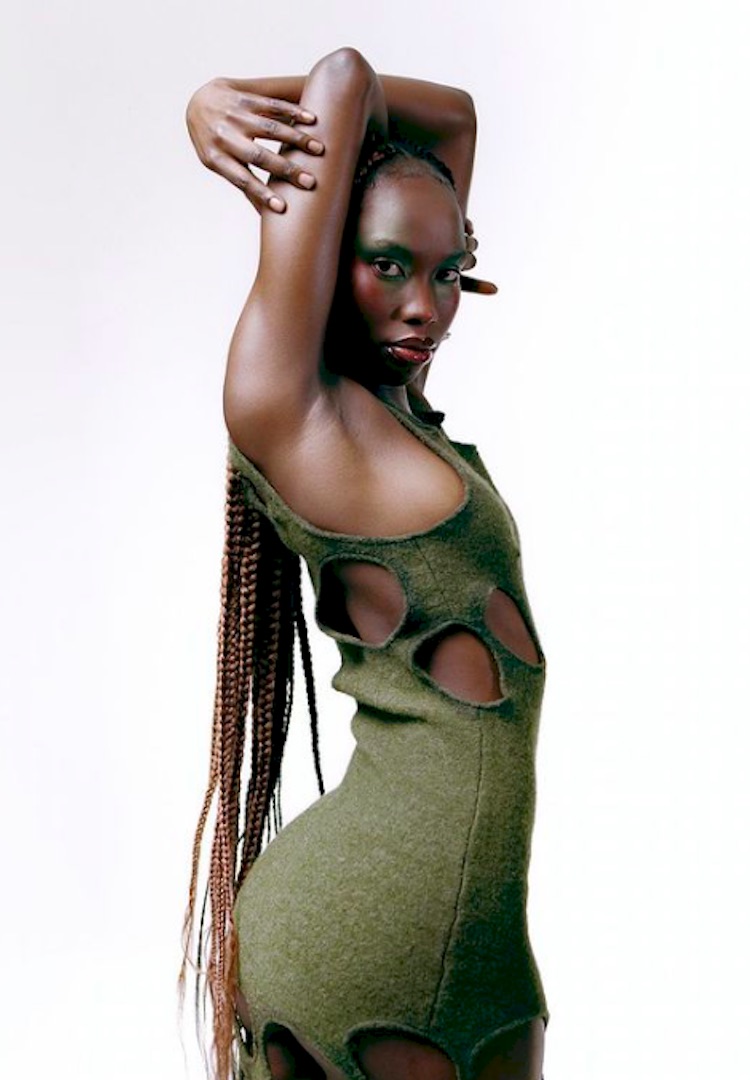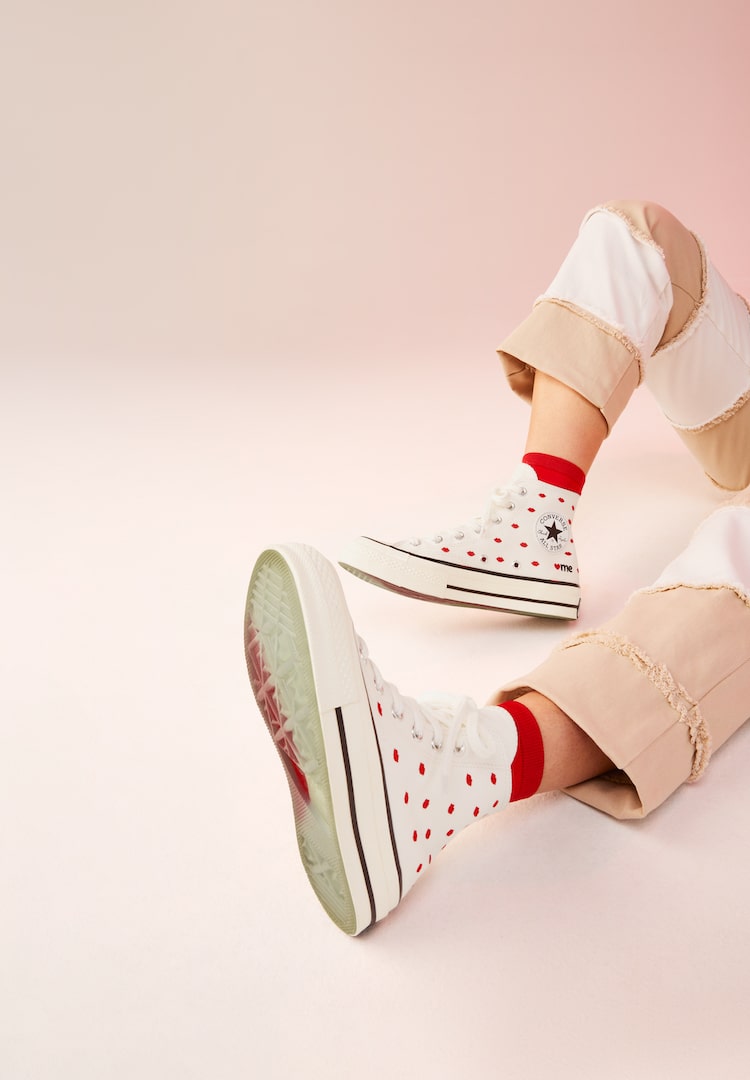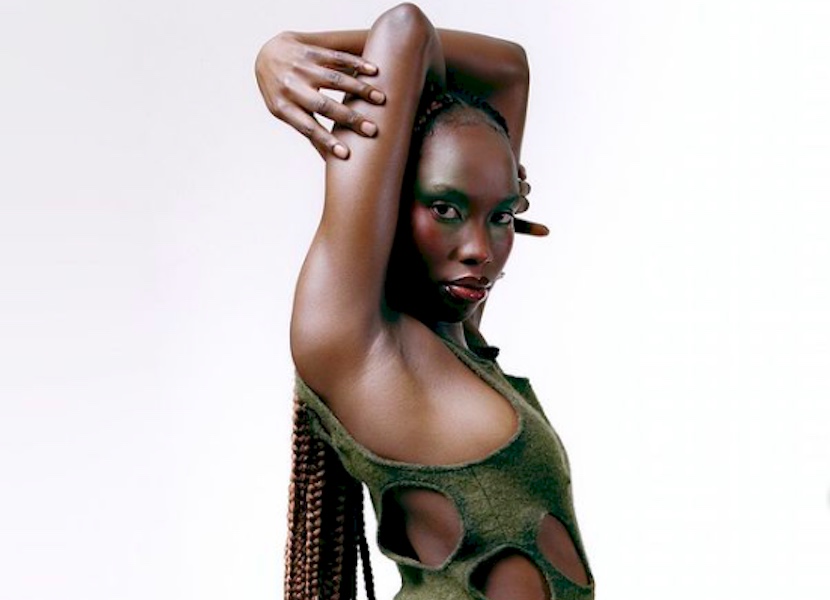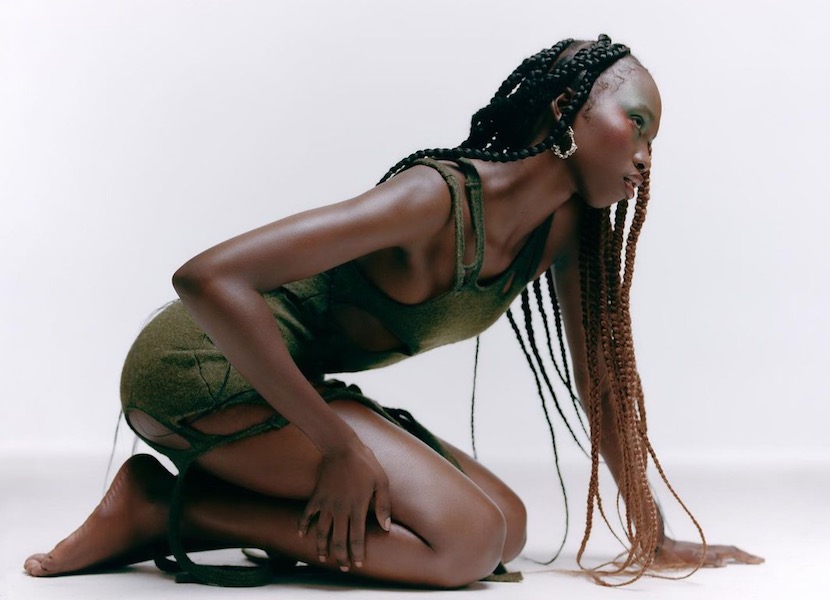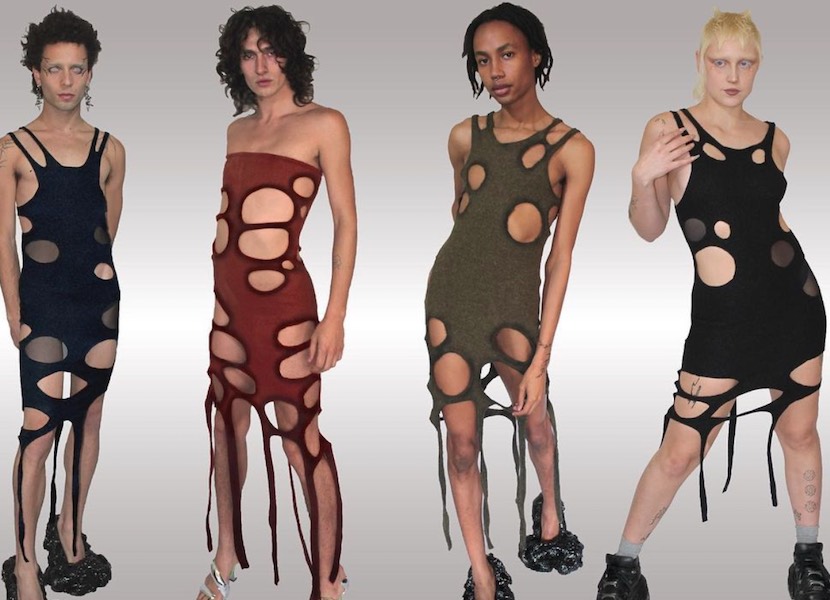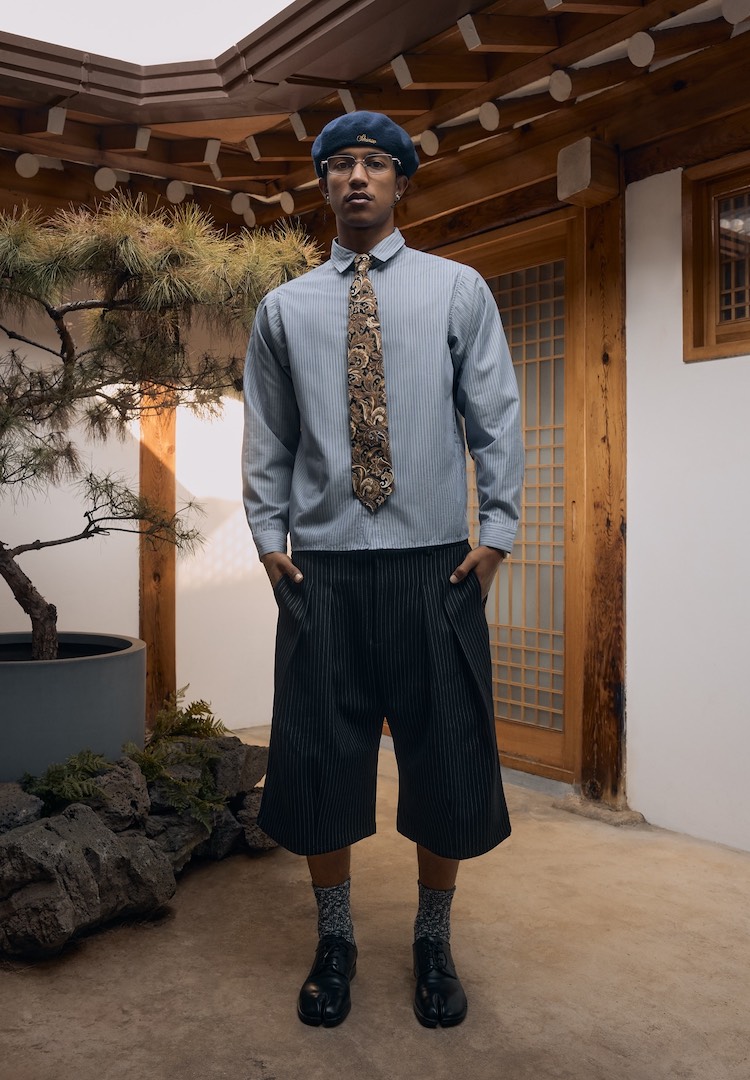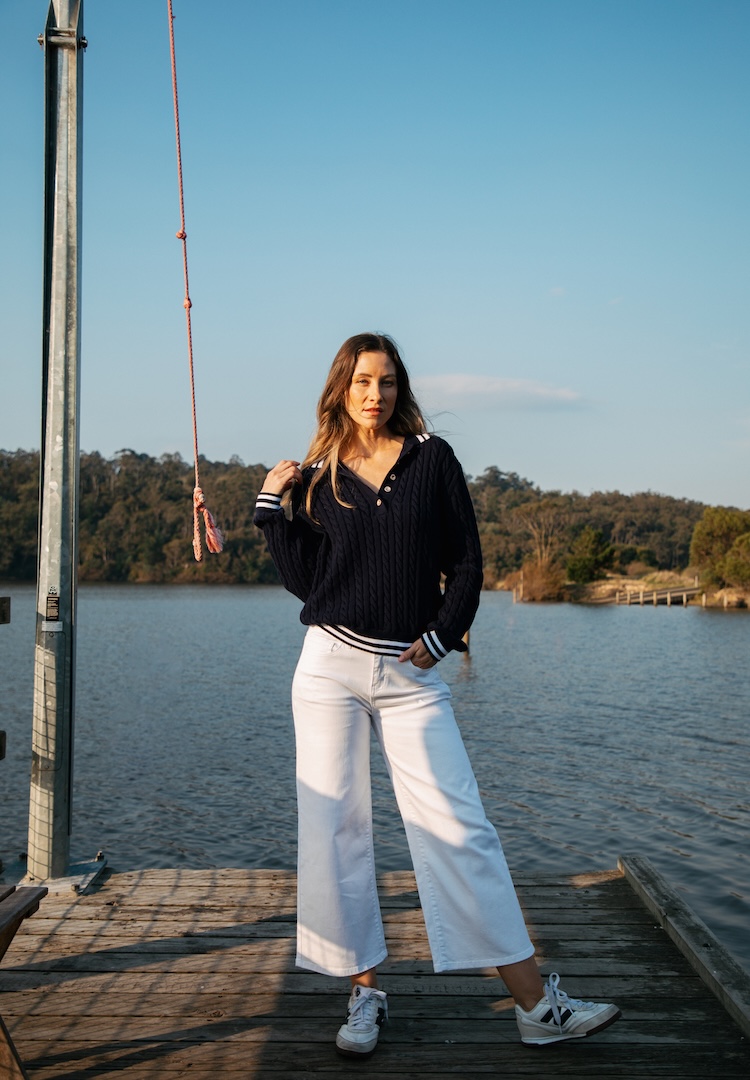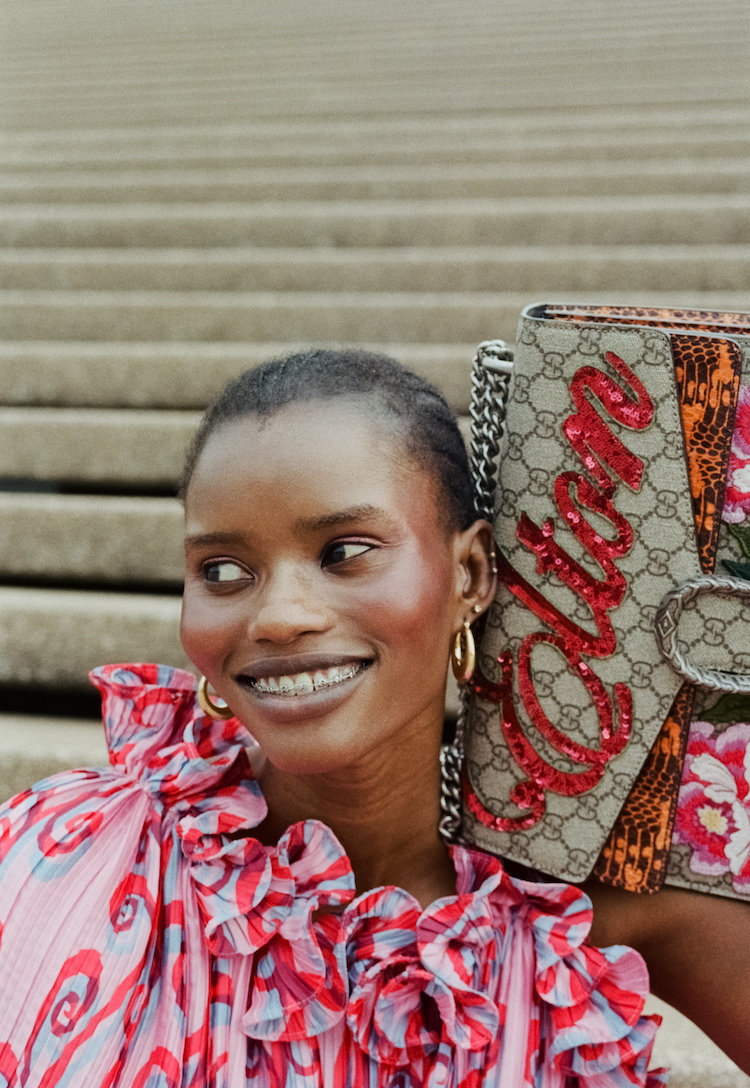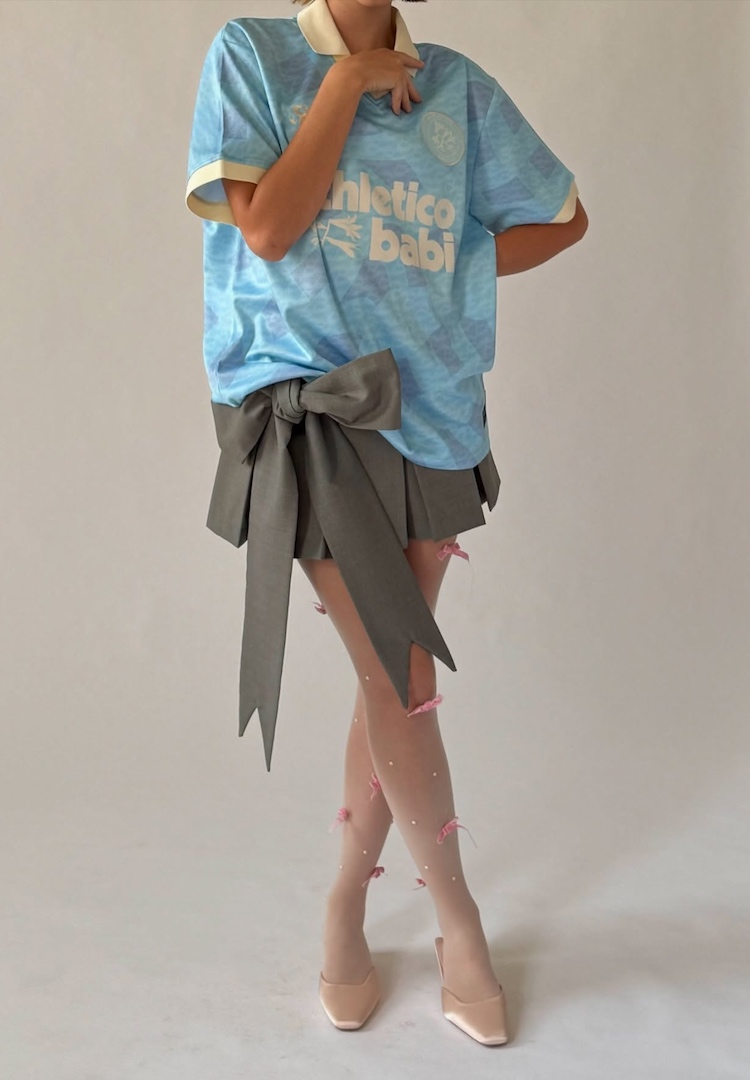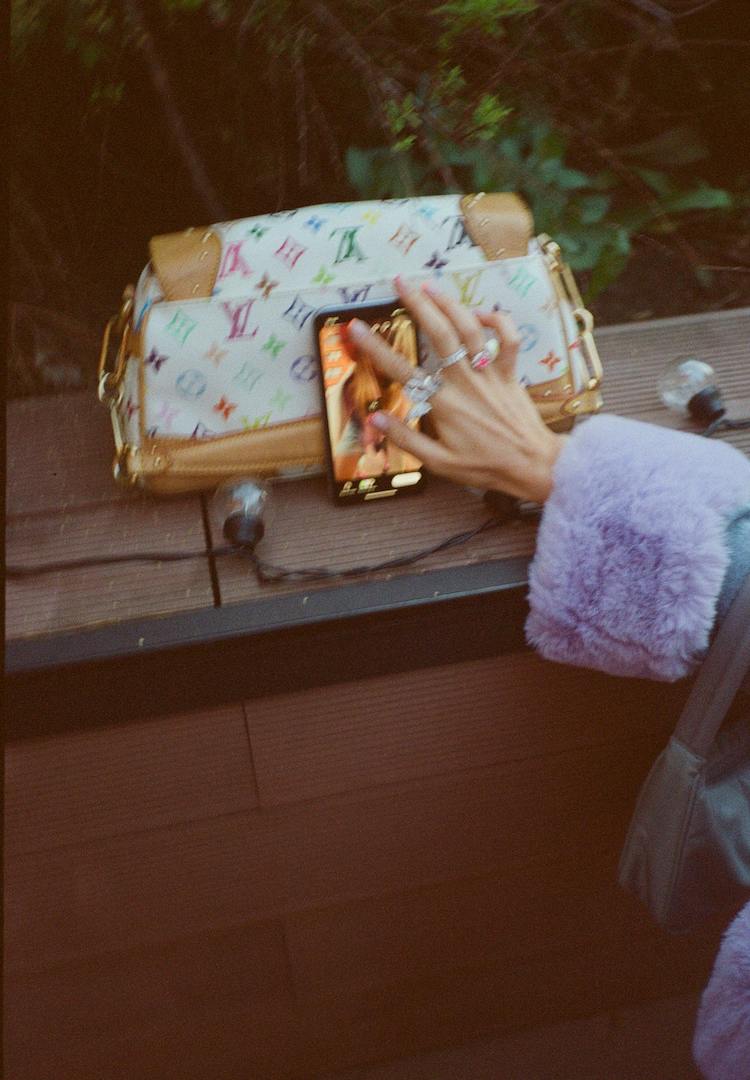Naarm-based label Jules Bramley is creating ethical fashion with a dystopian twist
PHOTOGRAPHY BY DAPHNE NGUYEN AND Jules Bramley
Words by Gabrielle O’Hagan
“Fashion for me is the power of self-expression, rebellion, to break boundaries, challenge the standard archetypes and norms that are ingrained into our society.”
Naarm-based label Jules Bramley is breaking industry rules in more ways than one. Against all odds, the young designer successfully launched their label during their very first year of fashion school at Melbourne’s RMIT University, with an innovative line of handmade, genderless garments.
A core component of the label is sustainability – the label reduces waste by upcycling and manufacturing only to meet demand, and Jules has experimented with a range of biotextiles and natural dyes. Instead of conforming to industry norms, Jules hopes to avoid what has become almost characteristic of many large-scale, successful clothing brands: overproduction, waste and the use of cheap materials.
For more fashion news, shoots, articles and features, head to our Fashion section.
In alignment with this ethos, Jules’ debut collection was sourced directly from waste materials and offcuts. The garments have been boiled, disintegrated and hand-dyed to create the illusion of decay, symbolising the way humanity has depleted the Earth’s natural resources.
The collection paints an unflinching portrait of the current state of our planet, and offers a glimpse into the dark, dystopian future that awaits us. Ultimately, Jules’ debut is a searing indictment of consumerism and corporate greed. I spoke to them about getting their start in the industry, the future of Australian fashion, and why designers shouldn’t have to censor their work.
Tell us about you. What’s your fashion background?
My name is Jules (they/them). I’m a trans, non-binary, Palestinian/Venezuelan fashion designer living here on unceded land in Naarm (Melbourne). I grew up in quite a conservative family in Eora (Sydney) and moved to London to find myself when I was 19. I have struggled with gender dysphoria from a young age and felt that I had to move away from my predominantly cis White community to broaden my perspective of the world, whilst learning about my identity.
I ended up finding my people in London through the rave scene, most of whom were studying fashion. Being surrounded and inspired by fellow queer individuals working in the fashion industry honestly made me realise I wanted to work in fashion. After returning to Eora in 2020 due to COVID I commenced a Fashion Design Diploma course at TAFE to learn the practical aspects of garment construction. I then moved to Naarm (Melbourne) early last year, after receiving an offer to [study at] RMIT for Fashion Design. I’m currently in my second year.
View this post on Instagram
How did the label get started? Talk us through the process and the challenges.
Honestly, a lot of people cautioned me not to start a brand right in the middle of my first year of fashion school, but I was eager to share my ideas with the community. ‘Jules Bramley’ is an extension of myself and my experience. I decided it’s important to show progress, to create my own space where I can document my experiments, to then further explore and elevate my ideas. I never really thought these experiments would end up representing a label or anything more than a place for me to both learn and make mistakes.
What were you trying to achieve from the project at the time? How has this evolved and what are you trying to communicate through the brand now?
For my first project/capsule I wanted to create a juxtaposition between the organic beauty of the earth and its imminent destruction, a post-world in conjunction with our physical world. By sourcing and reusing organic fabric waste I created disintegrated garments that have gone through a series of decay to appear as if they have been rotting for decades; like garments you would find in mass piles of waste in a post-apocalyptic world.
View this post on Instagram
I wanted to question the viewer and evoke people to contemplate what will be left on the earth once we use it all up. My friend Sammy-Jo Laing-Waite (@publictoylet) and I took a roll of film into an underground storm drain near my house to create the imagery of the launch. I wanted to enhance the post-world influences and locate a place in our present world that looks completely out of this world, somewhere you shouldn’t be, somewhere hidden. This initial concept has helped me shape the nature of my brand, and this juxtaposition I’m exploring is the core element of ‘Jules Bramley’.
How would you describe Jules Bramley to someone who’s never seen it before?
An organic dystopia, a post-human construct. An exploration of the physical world, representative of our future world, pulled through the digital realm.
What are you most proud of in your work on your label?
I’m proud of the world I’ve created. Although I don’t need people to understand it, I’m happy some people do and can see my vision. Within a few weeks of my first release, I was asked to do a story for Re-Edition Magazine – that was a big moment for me.
Who is in your wardrobe right now?
My wardrobe is mostly full of second-hand pieces, but I’m obsessed with everything I have from 000033 Shop, Slamross1000 and my gorgeous housemate Wackie Ju. An outfit is never complete without jewellery, and I adore my pieces from Ebonny Munro.
What about the Australian fashion industry needs to change?
View this post on Instagram
Well, fashion for me is the power of self-expression, rebellion, to break boundaries, challenge the standard archetypes and norms that are ingrained into our society. It’s hard to do that as a queer POC in the fashion industry as White cis men and women are [the] majority of the time making the executive decisions, and these people in higher-up positions in the industry don’t understand the concept of diversity and inclusivity.
As designers we are often asked to alter or censor our work, we don’t get to represent our work in the way we want, we never get paid, are overworked, and most of the time not even treated with respect! Someone like me wouldn’t get into fashion week because it’s too nuance[d] for higher-ups, or it’s too queer, provocative or genderless; if we had the opportunities to share our work, be rebellious and break down these social norms in fashion it would make a greater impact on society and progression towards an inclusive, diverse, nonbinary future.
How can we buy one of your pieces?
My new collection will be stagnantly released for pre-order here this coming week. Featuring garments made from fur, latex, leather and wool with some more lighter weight dresses too. Pieces are also available for purchase on Terminal Six where my last capsule was exclusively launched.
Shop the Jules Bramley collection here.

